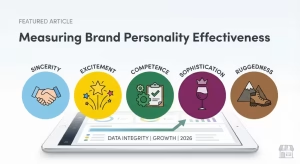Beyond Keywords: The 7 Essential Elements of Effective Website Content
What’s the Secret to a Website That Converts? (Hint: It’s Not Just the Design)
Think of your website as a storefront. The design is like a window display—it draws people in. But once they’re inside, what keeps them there? What makes them want to buy? That’s where your website content comes in.
Great website content is more than just filling up space. It’s your salesperson, your storyteller, your tour guide. It educates, engages, and ultimately persuades.
Whether you’re a small business owner, a blogger, or a big brand, the right content can make a world of difference. It can boost your visibility online, establish your expertise, and even drive sales.
In this guide, we’ll break down the 7 essential ingredients for creating website content that genuinely works. No jargon, no fluff – just practical advice you can use immediately.
Ready to cook up some awesome content? Keep reading!

E-E-A-T: The Secret Sauce for Building Trust with Google and Your Audience
Imagine you’re looking for advice on buying a new car. Would you trust a random person on the street or prefer to hear from a mechanic or car enthusiast? Google employs This same thought process when selecting which websites to promote in its search results. Google wants to serve up websites that are reliable and trustworthy. That’s where E-E-A-T comes in.
Google’s E-E-A-T concept is a cornerstone of their evaluation process, ensuring that the content they surface is both high-quality and reliable. Let’s break down what each element of E-E-A-T represents:
E-E-A-T stands for:
- Experience: Whether the author has firsthand or life experience on the topic
- Expertise: The author’s knowledge or skills in the subject area
- Authoritativeness: The author or website is recognized as a reliable source by others in the field
- Trustworthiness: The information is accurate, honest, and safe
Why E-E-A-T Matters (A Lot!)
Google uses E-E-A-T as a significant ranking factor, meaning websites that demonstrate these qualities are more likely to appear higher in search results. The higher your website is on the results page, the more traffic it will get. But it’s not just about pleasing Google.
Your readers also crave E-E-A-T. They want to know they can rely on your information to make decisions, learn new things, or solve problems. In the age of misinformation, trust is a valuable commodity, and E-E-A-T helps you build that trust with your audience.
How to Show Off Your E-E-A-T
Demonstrating E-E-A-T in your content doesn’t have to be complicated. Start by introducing the people behind your content with author bios highlighting their experience and credentials. Use your About Us page to share your company’s story, mission, and expertise. Showcase any relevant certifications, degrees, or recognition you or your company may have.
If you have happy customers, let them do the talking through reviews and testimonials. Always ensure your information is accurate and up-to-date by fact-checking and keeping your content current. When appropriate, cite your sources, especially for medical or financial topics, to show where you get your information. Finally, use HTTPS to protect your visitors’ data and ensure your website is secure.
Think of E-E-A-T as the foundation of your content recipe. Get this right, and you’re well on your way to building a website that both Google and your audience will love and trust.
Helpful Content: The Key to Keeping Your Audience Engaged (and Google Happy)
Remember the days when websites crammed in as many keywords as possible, hoping to trick Google into ranking them higher? Those days are long gone.
Now, Google (and your audience) are smarter. They want content that’s actually helpful – content that answers questions, solves problems, or simply makes life easier.
This shift towards user-first content is a good thing. It means we can focus on creating stuff that truly matters to our readers.
How to Make Your Content Truly Helpful
- Know Your Audience: Who are you writing for? What are their interests, pain points, and questions?
- Answer the “Why”: Don’t just tell people what to do; explain why it’s important or how it benefits them.
- Offer Solutions: If your audience is struggling with something, provide practical advice or resources to help them.
- Go Beyond the Basics: Don’t just rehash what everyone else is saying. Dig deeper, offer unique insights, or present information in a new way.
- Make It Easy to Read: Use clear language, break up long paragraphs, and add visuals (images, videos, charts) to keep things interesting.
The Long-Term Benefits of Helpful Content
When you put your audience first, amazing things can happen:
- Happy Readers: People will stick around longer, share your content, and return for more.
- Higher Rankings: Google rewards helpful content with better visibility in search results.
- Stronger Reputation: You’ll become known as a trustworthy source of information.
- Increased Engagement: Your content will spark conversations, build community, and even lead to sales.
Creating helpful content is about more than following a rule. It’s about building a relationship with your audience, and those relationships are the key to long-term success online.
Keyword Research: Unlocking the Words Your Audience is Searching For
Imagine you’re trying to find a specific book in a giant library. You wouldn’t just wander aimlessly, right? You’d use the catalog or ask the librarian for help.
Keywords are clues you use to find what you’re looking for online. They’re the words and phrases people type into search engines when they’re searching for information, products, or services.
Why do they matter? By understanding what keywords your audience is using, you can create content that speaks their language and appears when they need it.
How to Crack the Keyword Code
There are two main ways to do keyword research:
- Free Tools:
- Google Keyword Planner: This tool from Google gives you an idea of search volume (how often a keyword is searched) and suggests related keywords.
- Answer the Public: This tool shows you the questions people are asking around a specific topic.
- Google Trends: This tool shows you how popular a keyword is over time and in different locations.
- Paid Tools:
- Ahrefs, Semrush, Moz, SERanking: These tools offer more in-depth data, including competitor analysis, backlink data, and keyword difficulty (how hard it is to rank for a keyword).
Finding Your “Goldilocks” Keywords
The sweet spot for keywords is finding those that are:
- Relevant: They match your content and your audience’s interests.
- Searchable: People are actually looking for them online.
- Achievable: You have a chance of ranking for them, especially if you’re starting out.
Avoid keywords that are too broad (like “shoes”) or too narrow (like “women’s red size 8 running shoes”). Instead, go for something in the middle (like “best running shoes for women”).
By taking the time to research and understand your keywords, you’re setting yourself up for success. Your content will be more targeted, your website will be easier to find, and you’ll be connecting with the people who are truly interested in what you have to offer.
Competitor Research: Learn from the Best (and Outsmart Them)
Think of your favorite sport. The best athletes don’t just train in isolation. They study their opponents, learn from their strengths, and exploit their weaknesses. The same goes for creating great website content. Competitor research isn’t about copying; it’s about learning, improving, and ultimately, standing out.
Why Spy on Your Competition?
- Discover What Works: See what topics resonate with your target audience, what keywords they’re ranking for, and what kind of content gets shared. This gives you valuable insights into what your potential customers are looking for and what kind of content they find valuable.
- Identify Gaps: Find areas where your competitors are falling short. This could be a chance for you to shine! Maybe they’re not addressing your audience’s specific question, or perhaps their content is outdated. These gaps are opportunities for you to create unique and valuable content that your competitors are missing.
Finding Your Unique Angle
Remember, your competitors can’t be you. They don’t have your unique voice, experiences, or perspective. By understanding what they’re doing well (and where they could do better), you can carve out your own niche and differentiate yourself in the market.
Use competitor research to answer these questions:
- What makes you different? What unique value can you offer that your competitors can’t?
- Are there specific topics or angles that your competitors haven’t explored?
- How can you let your brand’s personality and expertise shine through in your writing style and tone?
By learning from your competition and finding your own unique voice, you’ll be well on your way to creating content that stands out from the crowd and attracts your ideal audience.
Internal Linking: Create a Seamless Journey for Your Visitors (and Boost Your SEO)
Imagine exploring a new city without a map or GPS. You might stumble upon some interesting spots, but you’d also likely miss out on hidden gems or get lost along the way. That’s where internal links come in for your website.
Internal links are like the signposts and pathways in a city, guiding your visitors and helping them discover all the great content you have to offer. These are simply links that connect one page on your website to another page on your website.
Why Internal Links are Your Website’s Best Friend
- Improved User Experience: Internal links make it easier for visitors to navigate your site, find the information they need, and explore related topics.
- Increased Engagement: By connecting related content, you encourage visitors to spend more time on your site and explore multiple pages.
- SEO Boost: Internal links help search engines understand the structure and hierarchy of your website, which can improve your rankings.
How to Use Internal Links Strategically
Think of internal linking as creating a journey for your visitors. Here’s how to do it effectively:
- Natural and Relevant: Only add links where they make sense and add value to the reader.
- Descriptive Anchor Text: The clickable text of your link should accurately describe the content of the linked page.
- Link Deep: Don’t just link to your homepage or main category pages. Link to specific blog posts, product pages, or other relevant content.
- Think Thematically: Group related content together and link between them.
The SEO Bonus of Internal Linking
Besides improving user experience, internal linking can also give your website a boost in search engine rankings. Here’s how:
- Distributing “Link Juice”: When a page on your site gets a backlink from another website, it gains authority in Google’s eyes. Internal links help distribute this authority to other pages on your site.
- Helping Search Engines Crawl: Internal links make it easier for search engine bots to discover and index all the pages on your website.
- Improving Keyword Rankings: Using relevant keywords in your anchor text can help boost the rankings of those pages for those specific terms.
By strategically using internal links, you not only create a better experience for your visitors, but you also give your website a competitive edge in search results. It’s a win-win situation!
Content Freshness: The Fountain of Youth for Your Website
Imagine walking into a bakery where the bread looks stale and the pastries are covered in dust. You’d probably turn around and leave, right? The same goes for websites. A website filled with outdated information is like that dusty bakery – it doesn’t inspire trust or excitement. That’s why keeping your content fresh is essential.
The frequency with which you should publish new content depends on various factors, including your industry, audience, and resources. There’s no one-size-fits-all answer. However, as a general guideline, blogs should aim for 1-4 new posts per week, while news sites might need to publish daily or even multiple times a day. For eCommerce sites, adding new product descriptions or blog posts as you introduce new products is a good practice. Even small businesses should aim to update their websites at least once a month, even if it’s just a minor update. The key is to be consistent. Whatever schedule you choose, stick to it to keep your audience engaged.
While creating new content is important, don’t neglect your existing pages. Regularly updating older content offers several benefits. It allows you to improve the accuracy of your information as facts and statistics change over time. Search engines also favor fresh content, so even small updates can help boost your rankings. Additionally, updating old posts with new keywords or information can attract a whole new audience who might not have discovered your content otherwise.
The best way to keep your content fresh is to plan. A content calendar is a simple yet powerful tool that helps you schedule posts in advance, brainstorm ideas for future content, and collaborate with your team if you have one. By creating a content calendar and committing to regular updates, you’ll ensure that your website always feels fresh, relevant, and inviting to your visitors.
The Recipe for Website Success: Your Next Steps
We’ve covered a lot of ground, but remember, creating great website content isn’t about mastering every single detail overnight. It’s about understanding the key ingredients and using them to create a recipe that works for you.
Let’s recap those 7 essential ingredients:
- E-E-A-T: Build trust by showcasing your experience, expertise, authoritativeness, and trustworthiness.
- Helpful Content: Put your audience first and create content that truly helps them.
- Keyword Research: Understand what your audience is searching for and speak their language.
- Competitor Research: Learn from your competitors and find your own unique angle.
- Internal Linking: Guide your visitors and help them discover all your great content.
- Content Freshness: Keep your website up-to-date and engaging with regular updates.
Now it’s time to take action. Start by evaluating your existing content. Does it meet the E-E-A-T criteria? Is it genuinely helpful to your audience? Next, dive into keyword research and competitor analysis to uncover opportunities for improvement.
Remember, creating great website content is an ongoing process. It’s not about perfection; it’s about progress. By implementing these seven ingredients, you’ll be well on your way to building a website that not only ranks well in search engines but also resonates with your audience and drives real results for your business or brand.









